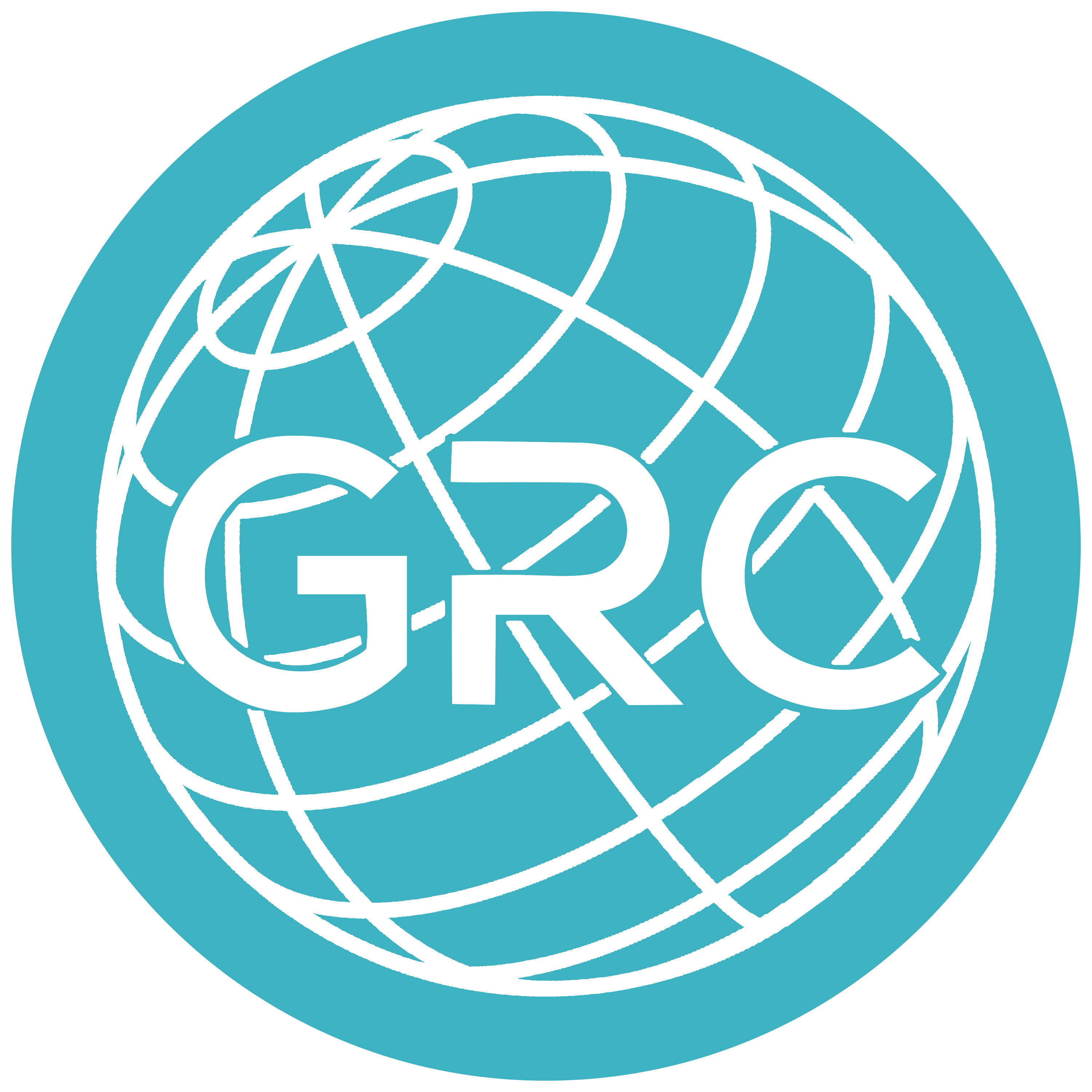How Reductions in U.S. Aid Spending Will Affect Global Health Governance
In George W. Bush’s 2003 State of the Union address, he asked Congress to commit $15 billion for AIDS research and assistant. This sum would be the most ever spent by a single nation on the disease up to that point in history.
Partly due to this immense contribution and the ensuing research and progress that followed, the cost of antiretrovirals was able to drop from $4,000 to $125, and Africans thus using antiretrovirals jumped from 50,000 to 2.1 million people.
Due to the Ebola outbreak in 2014, the United States contributed $5.4 billion in aid as well as 3,700 CDC workers and 3,000 active duty military and helped offset the WHO’s delayed response to the crisis.
It’s therefore clear that the United States plays a large part in donating funds and resources to reduce global health disparities (the United States government is the largest global health donor in the world). It does this mainly through bilateral donations and with funds to the Global Fund to Fight AIDs, TB, and Malaria.
With the President’s nationalist, “America first” rhetoric, however, some were concerned that the 2019 federal budget would see a decline in global health funds and destabilize the current global health infrastructure. After all, the White House attempted to submit a plan to reduce funding for Ebola, and Tim Ziemer, the head of biosecurity and global health, had his position eliminated.
2019 Federal Budget and Implications
And when the numbers were released for the United States’ proposed global health funding in 2019, many critics felt their fears were realized. With a funding cut of almost 25%, the United States would fund sizably smaller contributions to USAID and the Global Fund to Fight AIDS, TB, and Malaria.
Yet, so far, this step back by the U.S. from the global health stage has not had the feared effect of destabilizing an already precarious global health infrastructure. What it has done is strengthen the international institutions created in order to reduce global health disparities.
Take the World Health Organization which declared the end of a recent Ebola outbreak in the Democratic Republic of the Congo. The WHO was able to structure such a quick and effective response to changes it had made in its emergency protocol since 2014.
One of the most significant of these changes is a new integrated approach that focuses on using international governments, the government of the affected country, and multilateral organizations (like the World Food Program) together rather than simply isolated funds and responses by different governments (as was largely the case in the 2014 outbreak).
Relevance
When evaluating NGOs in global health, understand that they are now operating in a shifting global governance framework. As the United States slowly steps back from its role as the largest global health donor, the WHO, World Bank, and Global Fund will all restructure and take on a much more prominent role in the landscape.
Knowing this is extremely important in planning growth strategies for smaller NGOs. For example, Partners in Health was able to effectively treat multidrug-resistant tuberculosis in its operating regions only through grants and resources from the WHO and World Bank.
And as NGOs begin to take on multinational projects, securing approval from the WHO or World Bank could be a viable route to gain sustainable funding and partners from governments across the world.
By Sireesh Ramsey



